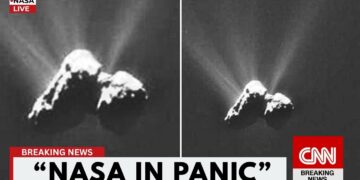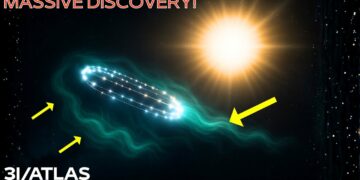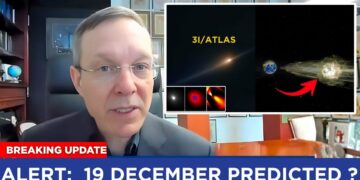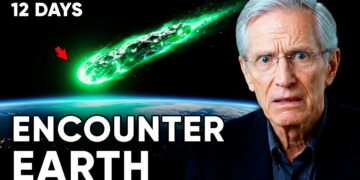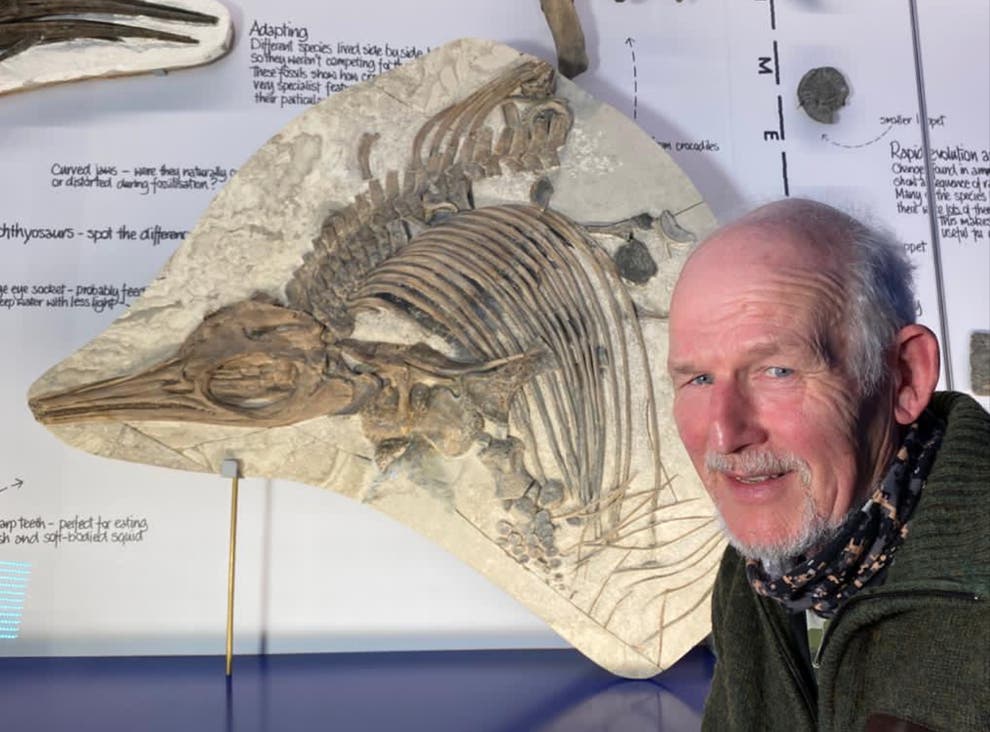In the frozen silence of space, billions of miles from Earth, a machine built in the 1970s has done something extraordinary. Voyager 1, the farthest human-made object in history, has turned its sensors back toward our solar system, toward home, defying its original purpose. What it discovered has left scientists rattled, engineers puzzled, andJO engineers puzzled, and astronomers stunned. The data Voyager 1 transmitted challenges our understanding of the space beyond our solar system, revealing anomalies in magnetic fields, plasma waves, and cosmic radiation that contradict established theories.
Powered by a fading plutonium core and with less computing power than an old digital watch, Voyager 1 has sent back a signal that feels more like a warning than a measurement. This discovery began with a rare cosmic alignment of Jupiter, Saturn, Uranus, and Neptune, occurring once every 176 years, which allowed NASA to slingshot Voyager 1 across the solar system using gravity assists. Launched in 1977, the spacecraft was not expected to last more than a few years, yet nearly half a century later, it continues to travel faster and farther than any human-made object, capturing iconic images of Saturn’s moons and Jupiter’s storms.
Now, Voyager 1 has ventured beyond the heliopause—the boundary where the sun’s influence ends—into interstellar space, a realm we were never meant to observe. Scientists expected a clear transition: a drop in solar wind, a shift in magnetic fields, and a spike in cosmic rays. However, when Voyager crossed this boundary in August 2012, the magnetic field remained unchanged, defying predictions. Stranger still, Voyager detected low-frequency plasma waves—oscillations that seemed organized, almost intentional, suggesting the interstellar medium might be more complex or even responsive.
Years later, Voyager’s instruments began detecting fluctuating plasma noise that appeared to echo its own signal, behaving like feedback rather than random static. Some scientists speculated that the heliopause might be more chaotic or intelligent than previously thought. Then, for nearly two weeks, Voyager’s data stream became irregular, as if it was being interfered with or redirected. When it resumed, its sensors had shifted focus slightly, reorienting toward the solar system, detecting energy fluctuations and particle surges that hinted at something awakening behind it.
Voyager carries the Golden Record, a message for potential extraterrestrial life, containing music, greetings in 55 languages, and images of Earth. After the spacecraft’s reorientation, NASA analysts noticed patterns in the electromagnetic noise resembling the Golden Record’s audio waveforms—a rhythmic, mirrored pulse suggesting a response. Leaked reports indicate fears that humanity’s attempt to reach out may have triggered something unexpected.
Voyager’s cosmic dust detector also logged unusual particle impacts—dense, frequent, and structured, carrying exotic isotopes not commonly found in our galaxy. This raised theories of dark matter turbulence, artificial debris fields, or even the outskirts of a vast, dormant structure. More alarmingly, Voyager’s trajectory began to shift subtly, as if pulled by an unseen electromagnetic or gravitational force. Simulations couldn’t explain this movement without invoking an external, possibly deliberate, influence.
The final shock came through Voyager’s plasma wave sensor: a signal with a distinct pattern—a drop in frequency followed by a surge in amplitude, unlike any known celestial phenomenon. It resembled a heartbeat or seismic wave, originating from the direction Voyager had turned toward. This signal, neither pulsar nor star, suggests something moving slowly and invisibly through the darkness.
Voyager 1, a messenger meant to drift silently, has become a witness to a cosmic mystery. Its data paints a universe where boundaries defy expectations, signals echo without a source, and invisible forces alter trajectories. Once a symbol of human curiosity, Voyager now returns our gaze with a warning wrapped in distortion and silence. As we wait and listen, one question lingers: Has something out there noticed us?



